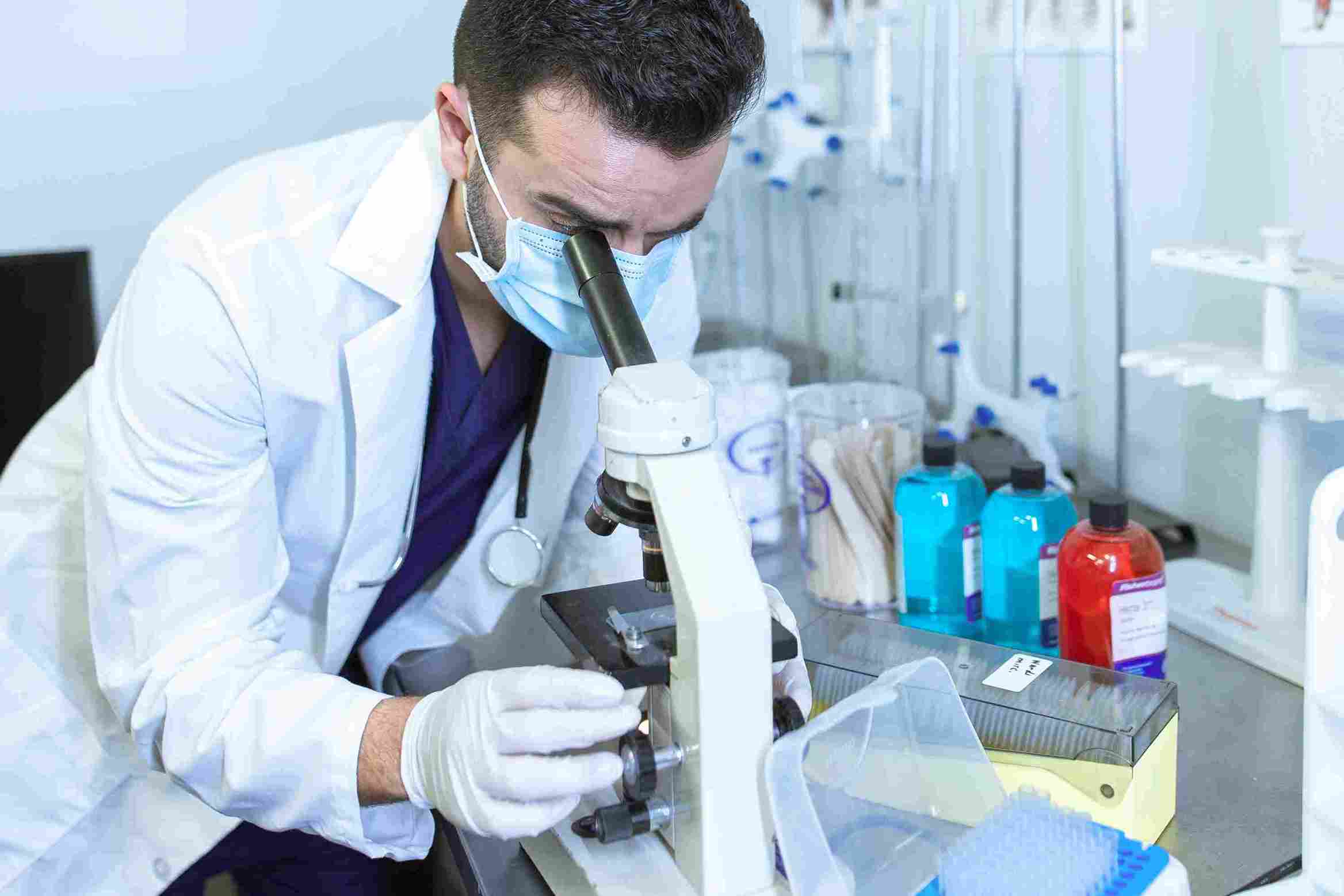Machine learning has been revolutionizing all fields and has helped make waves in the research and development of drugs, identifying drug properties, understanding patterns, and deriving intelligent results. Drug development and its lifecycle are very tedious and time-consuming. With the right application of machine learning algorithms, biotech and life science companies can fast-track drug development and pace themselves to newer discoveries. With the advent of large language models and neural networks, there are specific use cases, where machine learning proves highly effective. Even while there is much research going on and in progress, the potential impact of applying machine learning is huge to the needs of the pharmaceutical and life sciences sector.
AREA COVERED
- Introduction to machine learning
- How does an ML model work?
- Applications of ML in pre-clinical research
- Deep dive into ML use cases
- Key takeaways and learnings
- Avoiding data-specific pitfalls
LEARNING OBJECTIVES
- Understand how a machine learning model works
- Understand ongoing research in the field of pre-clinical research and machine learning
- Discuss use cases where machine learning algorithms will help
- Advantages of machine learning in pre-clinical research
- Companies working on fast-tracking pre-clinical research
- Key takeaways
WHO WILL BENEFIT?
- Machine learning enthusiasts
- Business Analysts
- Business consultants
- Life science leaders
- Regulatory compliance experts
- Introduction to machine learning
- How does an ML model work?
- Applications of ML in pre-clinical research
- Deep dive into ML use cases
- Key takeaways and learnings
- Avoiding data-specific pitfalls
- Understand how a machine learning model works
- Understand ongoing research in the field of pre-clinical research and machine learning
- Discuss use cases where machine learning algorithms will help
- Advantages of machine learning in pre-clinical research
- Companies working on fast-tracking pre-clinical research
- Key takeaways
- Machine learning enthusiasts
- Business Analysts
- Business consultants
- Life science leaders
- Regulatory compliance experts
Speaker Profile
Over 17 years of experience in life sciencesPrevious experience working with Pwc,KPMG and Deloitte,Oracle,MetricStream,Infosys Consulting, HTC and Siemens ResearchActive member of ISACAProfessional associations with ISPE,OCEG,GARP,Carnegie Mellon Swartz Center for entrepreneurshipMaster in Software Engineering, Carnegie Mellon University, Pittsburgh,USBachelors in Computer Science, University of Madras,India
Upcoming Webinars

Controller Challenges in Changing Times: New Roles as Strat…

FDA Technology Modernization Action Plan (TMAP) and Impact …

Stress, Change And Team Resilience Through Humor: An Intera…



Excel Spreadsheets; Develop and Validate for 21 CFR Part 11…

How to Prepare For and Host a FDA Inspection and Respond to…

Sunshine Act Reporting - Clarification for Clinical Research


The Importance of the first 5 seconds when presenting

From Chaos To Calm: How to Eliminate Drama and Boost Workpl…

Complaint Handling and Management: From Receipt to Trending

Do's and Don'ts of Documenting Employee Behaviour, Performa…

Managing Toxic Employees: Strategies For Leaders To Effecti…


ChatGPT Unlocked: A Beginner’s Guide to AI and ChatGPT

Understanding Artificial Intelligence (AI) and the Incredib…

6-Hour Virtual Boot Camp on Microsoft Power BI


Onboarding is NOT Orientation - How to Improve the New Empl…

The Monte Carlo Simulations in Excel for Risky Investments

ChatGPT and Project Management: Leveraging AI for Project M…

Project Management for administrative professionals

Workplace Investigations 101: How to Conduct your Investiga…

Transform Data into Insights: A Beginners Guide to Excel Pi…

Harassment, Bullying, Gossip, Confrontational and Disruptiv…

Construction Lending And Real Credit Administration: Evalua…

Dealing With Difficult People: At Work & In Life

Understanding Accounting for non - Accounting professionals

New Form 1099 Reporting Requirements: 2025 Compliance Update

Human Error Reduction Techniques for Floor Supervisors

HR Metrics and Analytics 2025 - Update on Strategic Plannin…


7 Ways To Beat Burnout: Without Quitting Your Job

Treating Employees Like Adults: Discipline versus Empowerme…

Understanding EBITDA – Definition, Formula & Calculation

Ethical Terminations: Navigating Employee Exits with Legal …

Handbook Overhaul 2026: Compliance, OBBB Act & Beyond

How to Write Procedures to Avoid Human Errors

FDA Proposes Framework to Advance Credibility of AI Models

Project Management for Non-Project Managers - Scheduling yo…

Validation Statistics for Non-Statisticians

Data Integrity and Privacy: Compliance with 21 CFR Part 11,…


4-Hour Virtual Seminar on Hidden Secrets of Selling & Marke…


The Alphabet Soup: When the FMLA, ADA, COBRA, and Workers' …

Talent Management: How to Leverage AI and ChatGPT Tools for…

Offboarding with Care: Conducting Legal & Ethical Employee …

2-Hour Virtual Seminar on How to Conduct an Internal Harass…
